Stereotactic radiotherapy is increasingly gaining favor as an attractive alternative to conventional surgery of the skull base and head and neck.
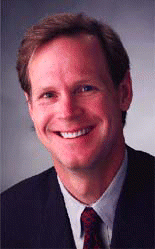

Stereotactic radiotherapy is increasingly gaining favor as an attractive alternative to conventional surgery of the skull base and head and neck.
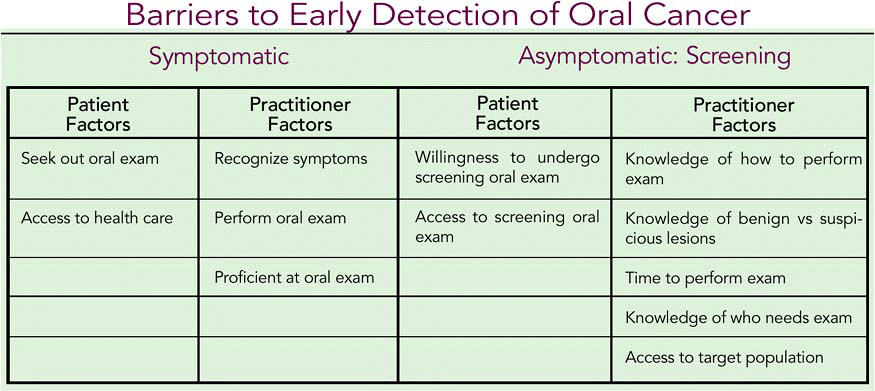
Oral screening exams are inexpensive, are easy to perform, and have the potential to reduce the annual global mortality for oral cancer by tens of thousands of people.

Vertigo is a complaint that often causes patients to seek a consultation with an otolaryngologist.
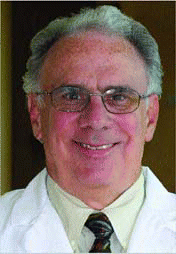
Part 2 of this article will discuss treatment options for skull base tumors.
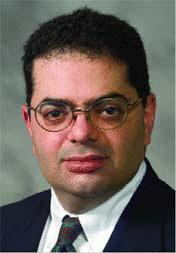
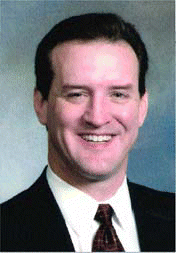
A 48-year-old woman presents to you for bilateral hearing loss, aural fullness, vertigo, nausea/vomiting, and tinnitus of two months’ duration.
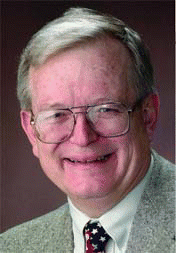
Contrary to popular belief, CMS is in the business of paying for quality care, not just the volume of care provided.
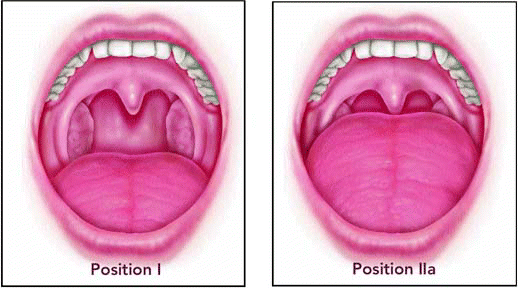
Although otolaryngologic surgeons commonly focus on the palate when treating patients with obstructive sleep apnea (OSA), they also need to look at the tongue.
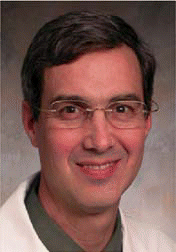
Rhinitis—inflammation of the nasal mucosa—has two main types: allergic (IgE-mediated) and nonallergic; together, they affect more than 50 million Americans.
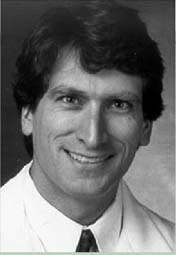
Practice guidelines have recently been developed for patients with thyroid nodules and differentiated thyroid cancer.